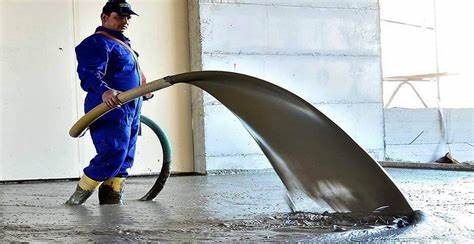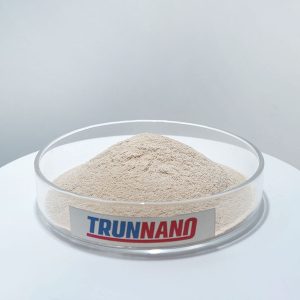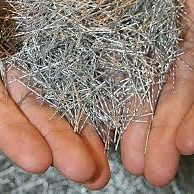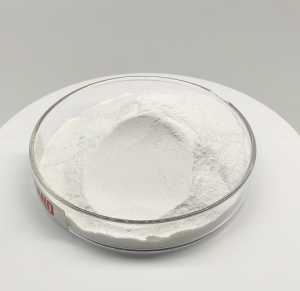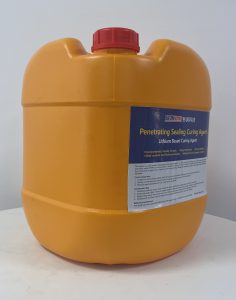Professional solutions on concrete addtives, Concrete Foaming Agent, Superplasticizer, CLC Blocks Additives, and foaming machine
(What is alkali-free concrete accelerator?)
What is alkali-free concrete accelerator?
The main components of an alkali-free accelerator are aluminum sulfate and organic amine. The alkali-free concrete quick-setting agent has no alkali, chlorine, irritating smell, good adhesion, low rebound, high later strength preservation rate, and high impermeability level. Adding a non-alkali quick-setting agent to shotcrete can bring a better working environment, and the market value is considerable.
Features of Alkali-free Concrete Accelerator
1. Low dosage of alkali-free concrete quick-setting agent (3%_7% of cement mass), fast setting and hardening of concrete, and short interval between initial and final setting.
2. The alkali-free concrete quick-setting agent has good adaptability to cement. In the range of 3%-7% of cement mass, it meets JC477-2005 "Accelerator for shotcrete" and ASTM C1141/C1141M-08 Standard Specification for Admixture for Shotcrete Standard Performance Specifications and Requirements.
3. The early strength of concrete is high, and the 1d strength of the mortar specimen can exceed 10MPa; the later strength decreases less, and the 28-day strength ratio can reach 90% to 100%.
4. The alkali-free concrete accelerator has no adverse effect on the durability of concrete. Since the alkali-free accelerator does not contain alkaline substances, it greatly reduces the damage caused by the introduction of alkaline substances to concrete, such as alkali bone Material reaction; at the same time, the content of Cl- is strictly limited to avoid corrosion of steel bars.
5. The alkali-free concrete quick-setting agent has no dust during the spraying process and reduces the amount of rebound, thereby protecting the health of construction workers and reducing the waste of materials.
6. The hard concrete hardened by an alkali-free accelerator has good compactness and impermeability and can be prepared with high-strength sprayed concrete.
7. The non-alkali concrete quick-setting agent has a low rebound rate and saves costs.
8. The degree of mechanization is high, and the project's progress is fast. The alkali-free accelerator is mainly used in wet spraying technology, which has a high degree of mechanization, can greatly reduce labor consumption, and at the same time, can greatly reduce tunnel support time and speed up construction progress.
What is alkali-free concrete accelerator used for?
In sprayed concrete construction, the non-alkali concrete quick-setting agent can make the mortar or concrete set and harden rapidly quickly, ensuring that the strength will not be lost later. The alkali-free concrete quick-setting agent has a wide range of cement applications, and is mainly suitable for sprayed concrete wet spraying construction and leak prevention and plugging in hydropower, highways, subways, railways, coal, bridges, mines, shafts, underground tunnels, national defense, and other projects, Ground concrete rapid construction and concrete emergency rescue projects.
What is the composition of the alkali-free concrete accelerator?
Alkali-free concrete accelerators are usually in liquid form. They are mainly composed of aluminum salts and alkanol amines, which are beneficial in reducing long-term strength loss and durability problems compared to alkali-containing accelerators.
Alkali-free Concrete Accelerator Supplier
TRUNNANO is a reliable alkali-free concrete accelerator supplier with over 12-year experience in nano-building energy conservation and nanotechnology development.
If you are looking for high-quality alkali-free concrete accelerator, please feel free to contact us and send an inquiry. (sales@cabr-concrete.com)
We accept payment via Credit Card, T/T, West Union, and Paypal. TRUNNANO will ship the goods to customers overseas through FedEx, DHL, by air, or by sea.
(What is alkali-free concrete accelerator?)



